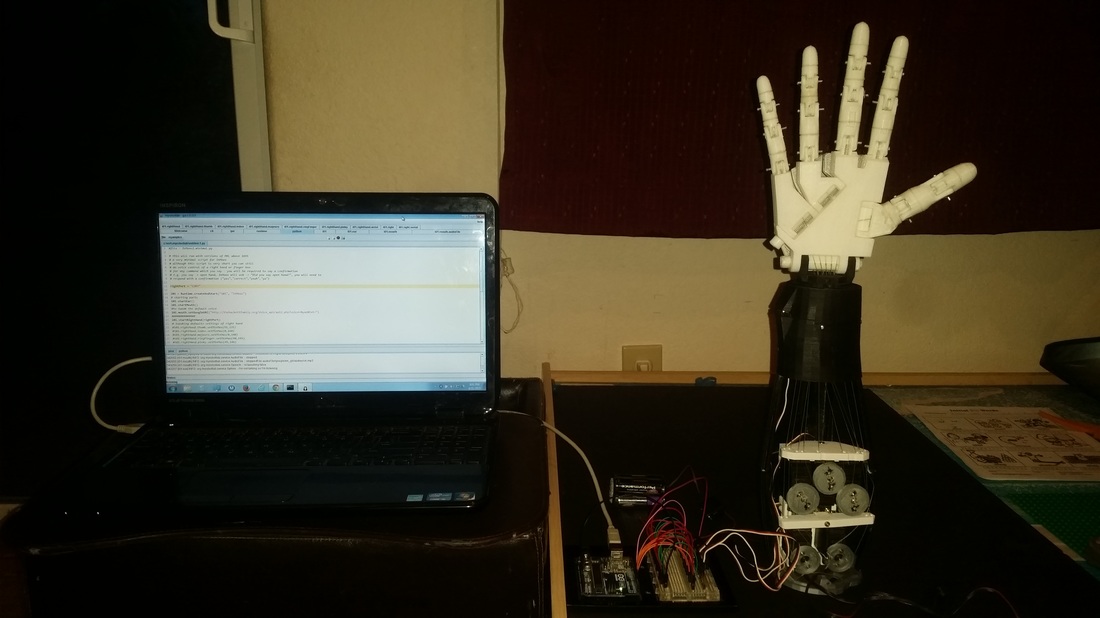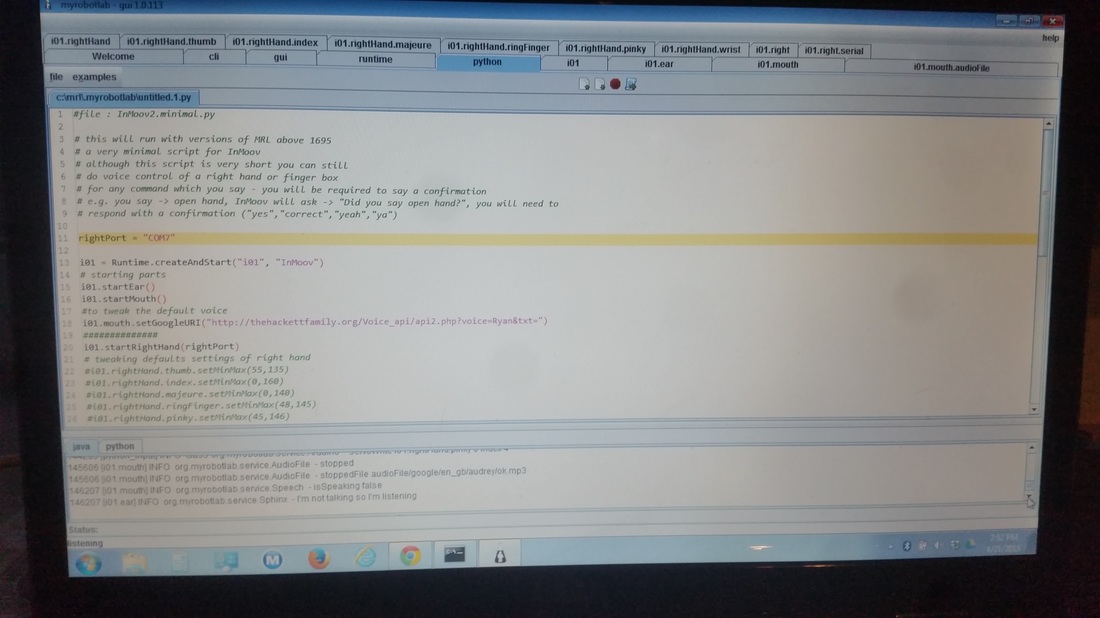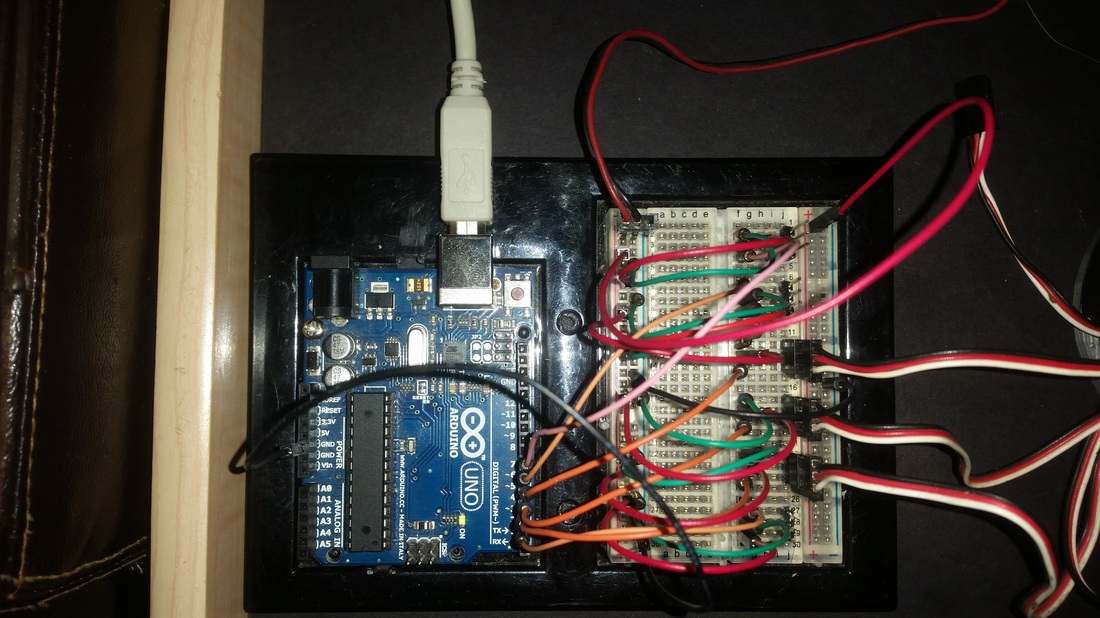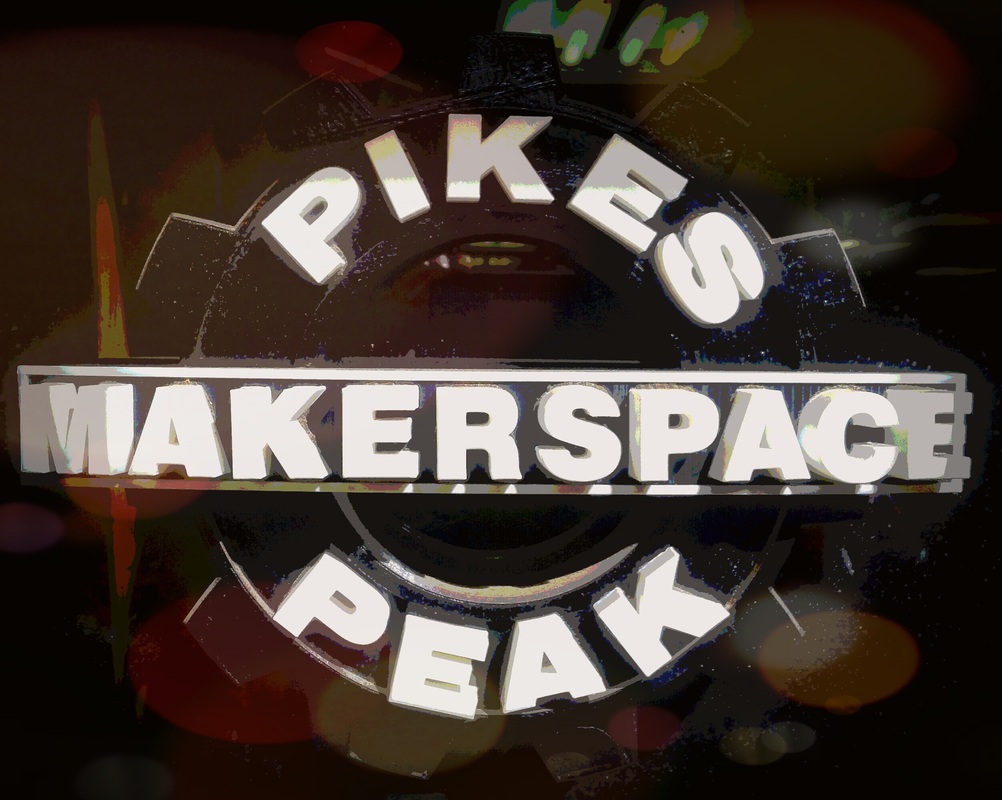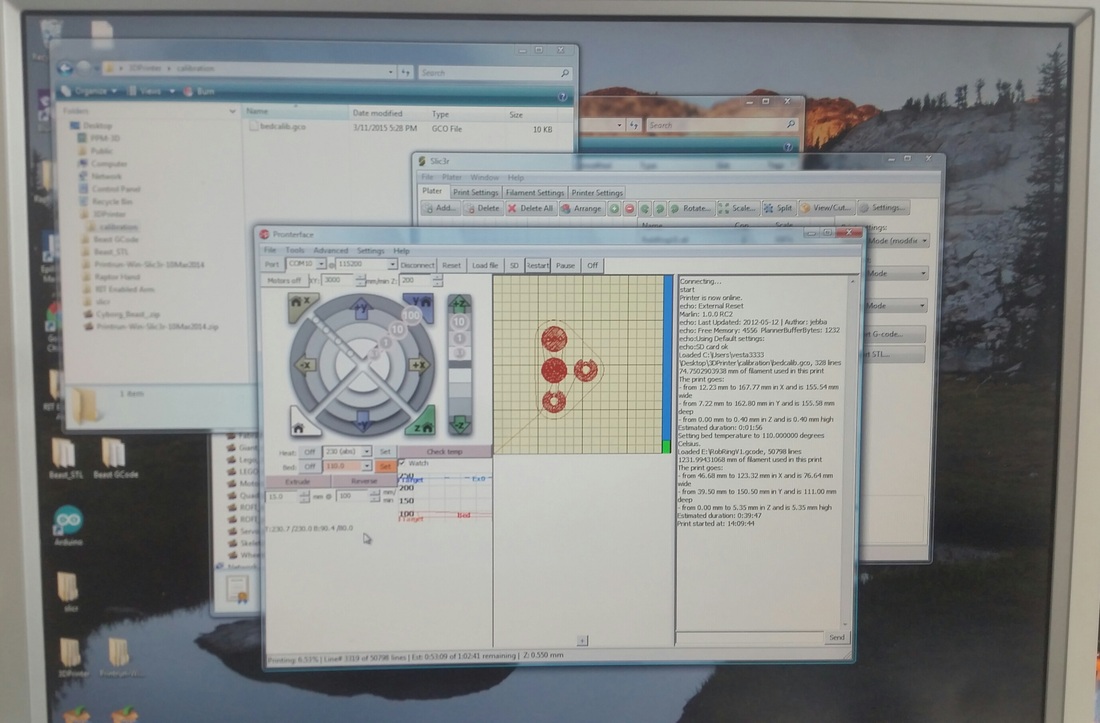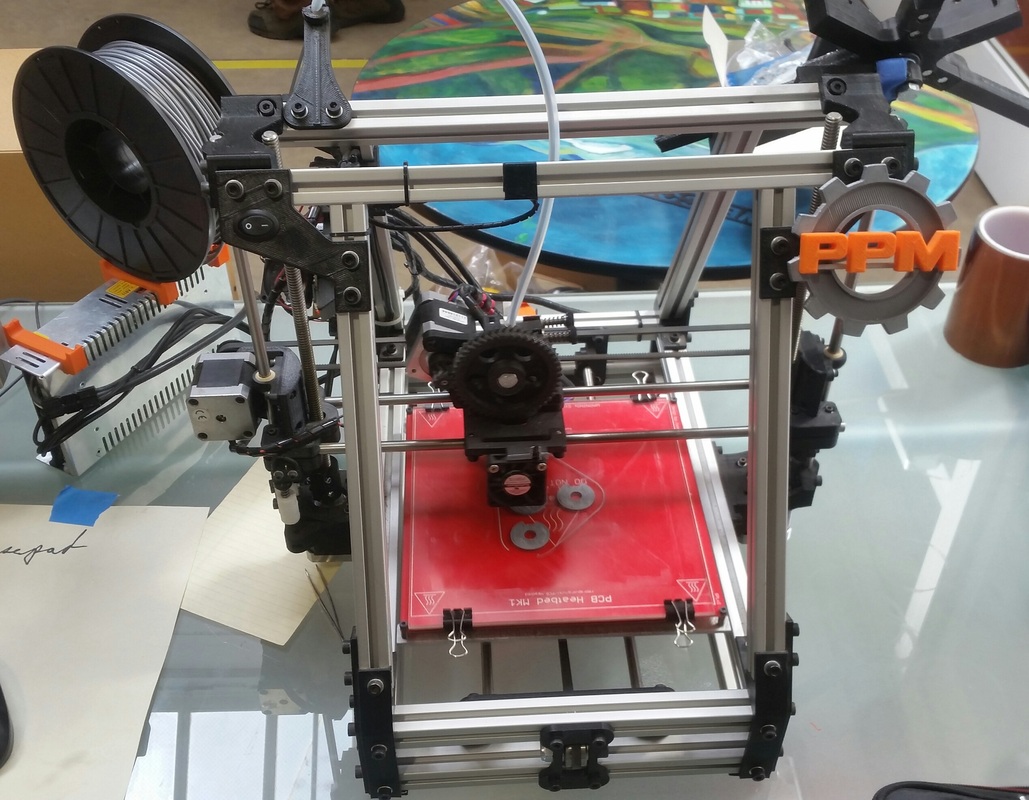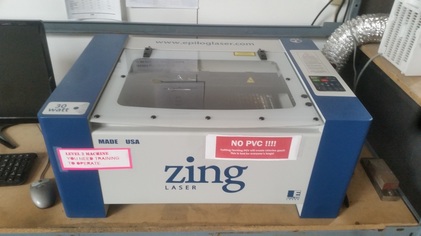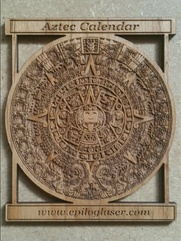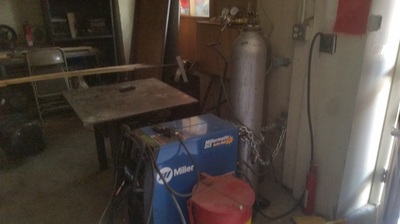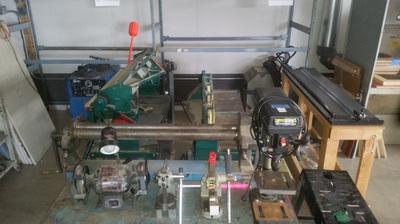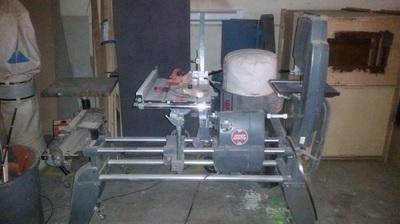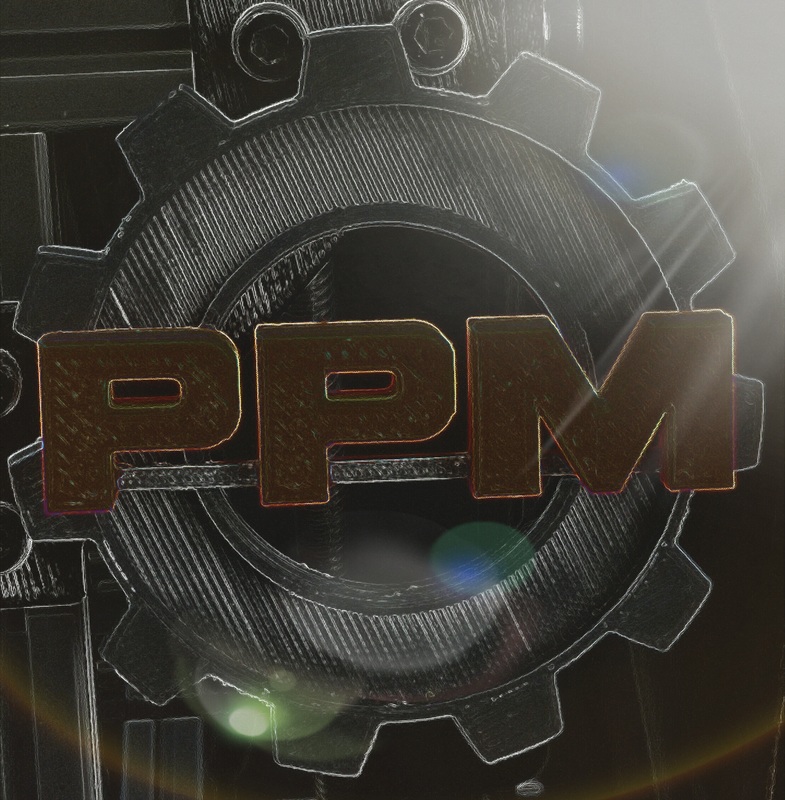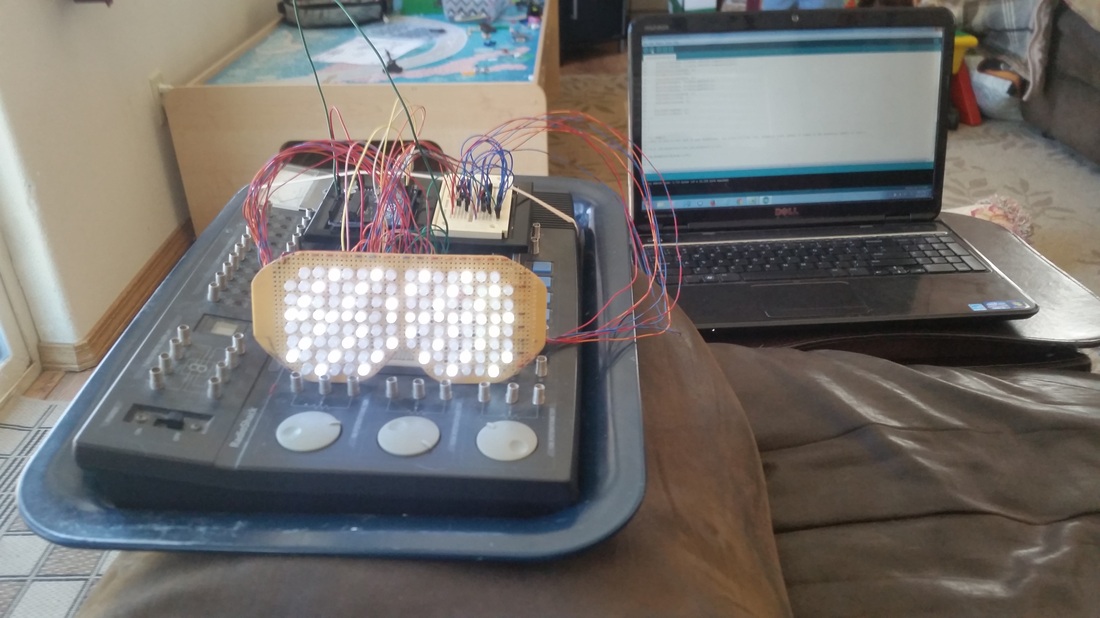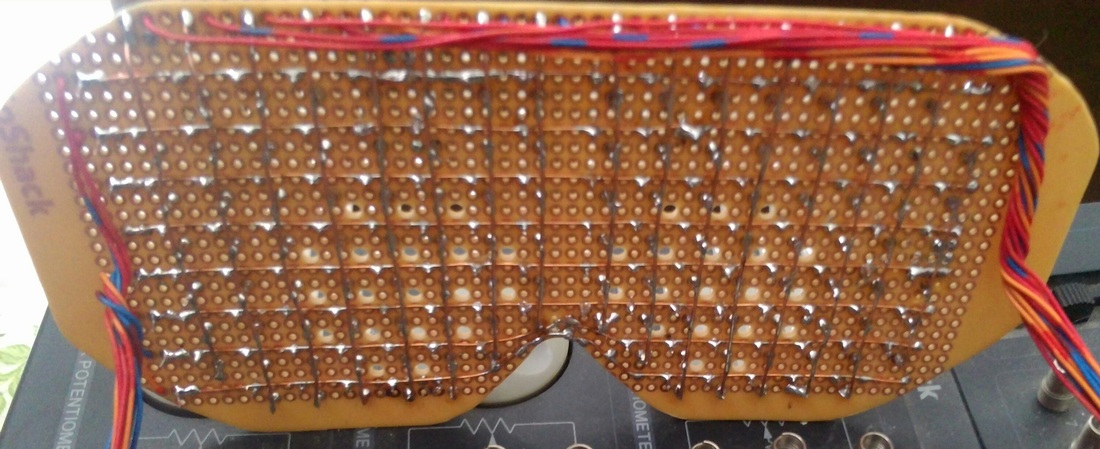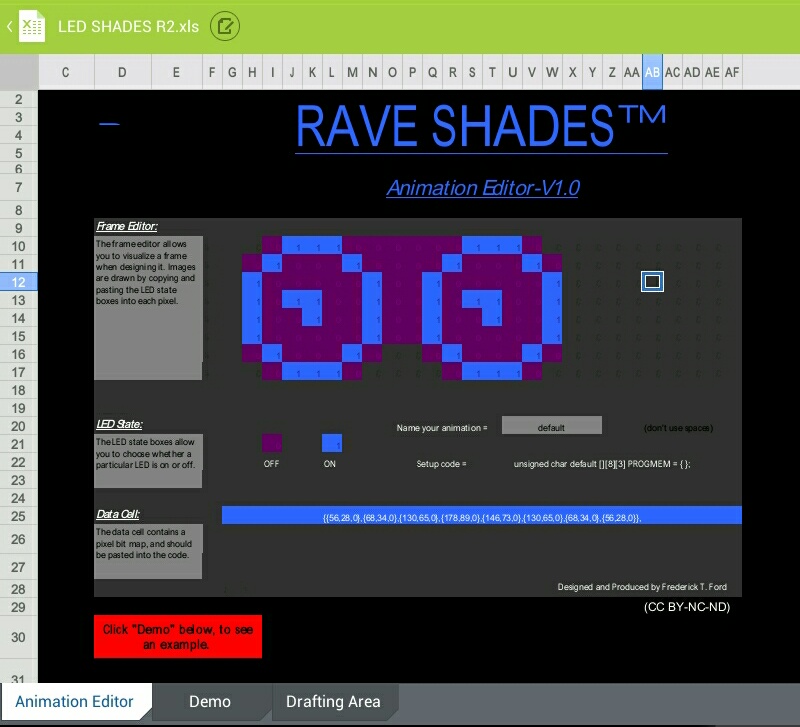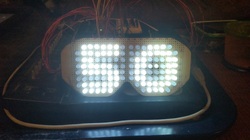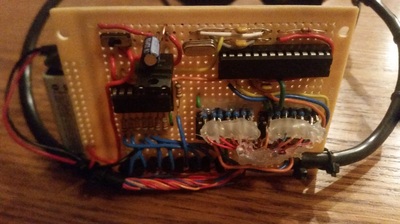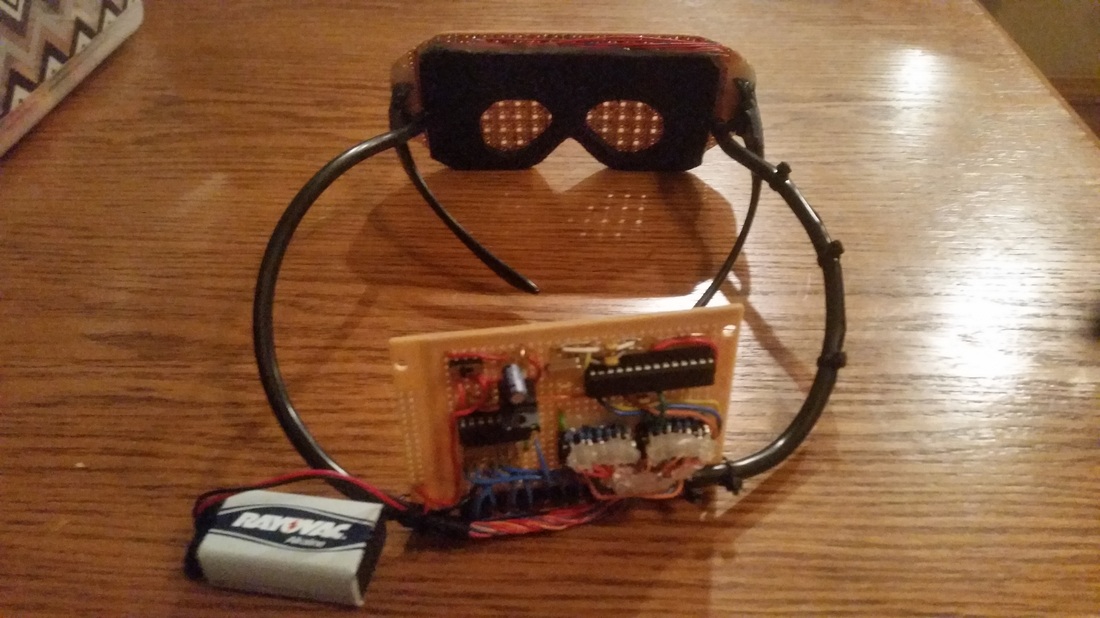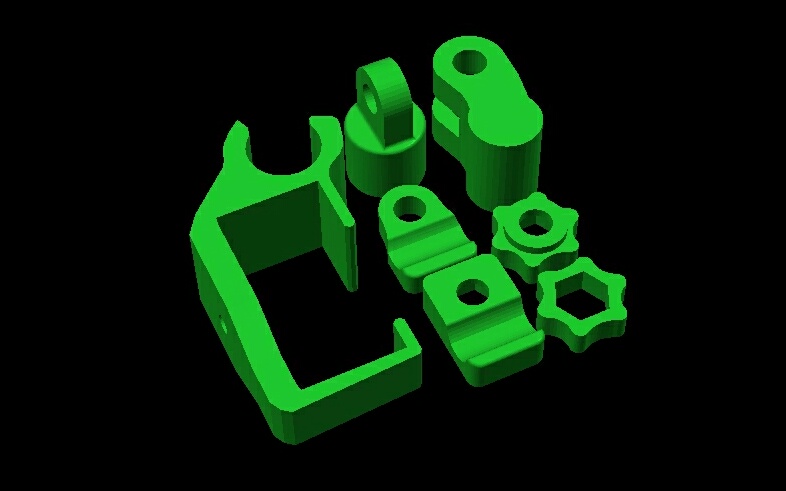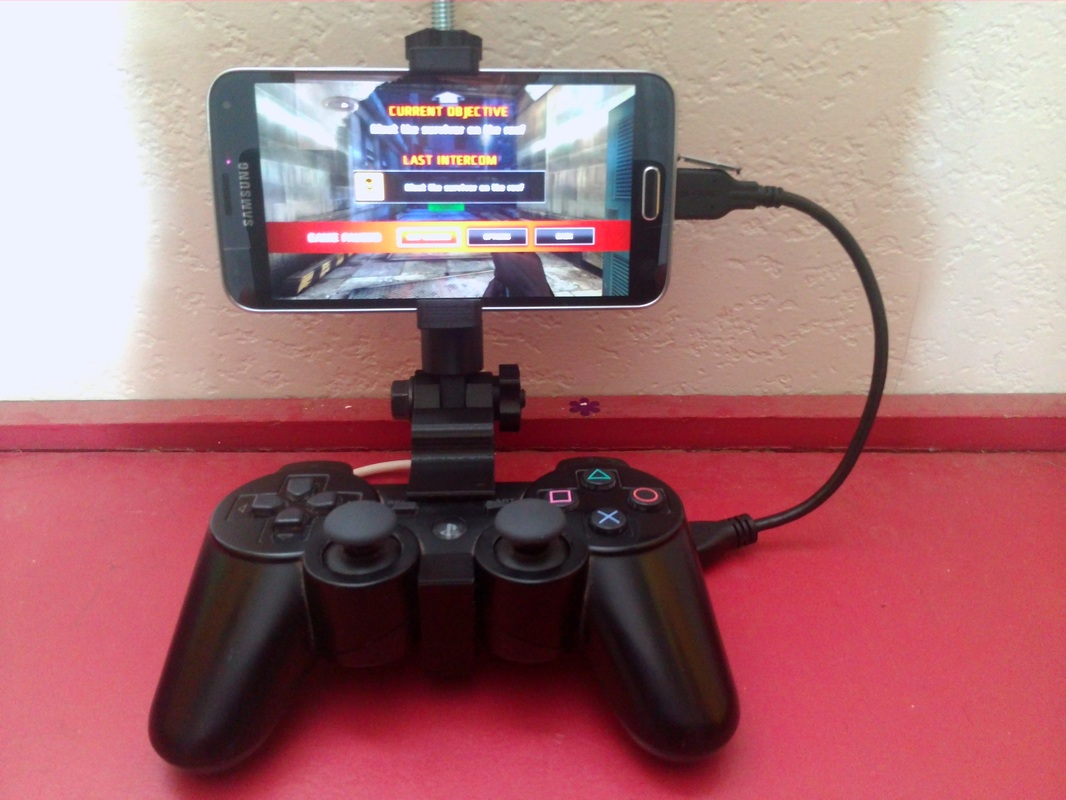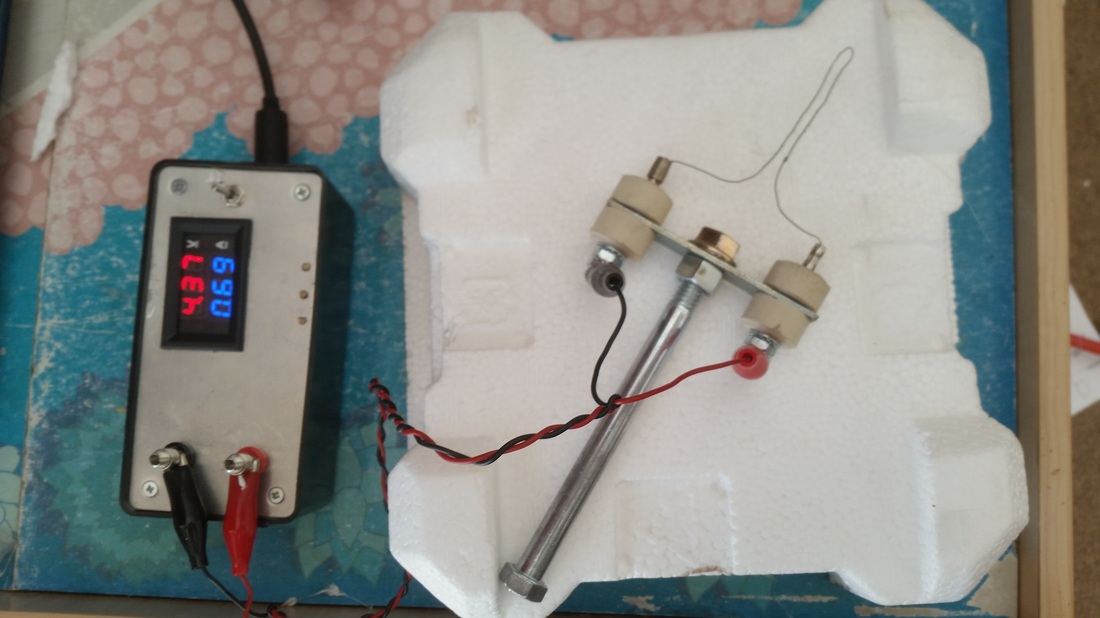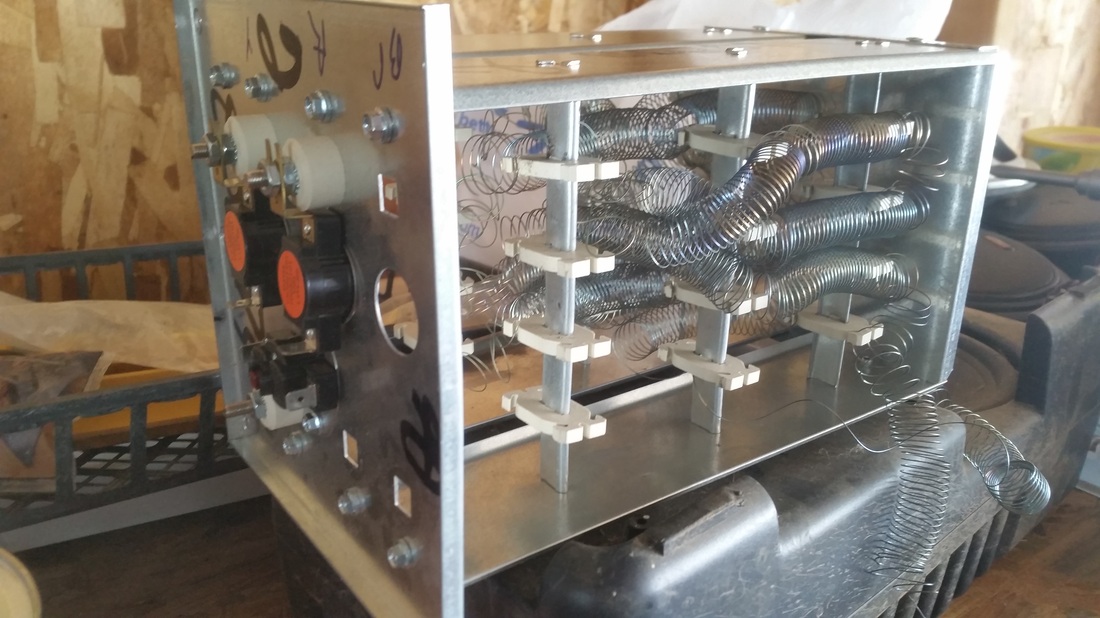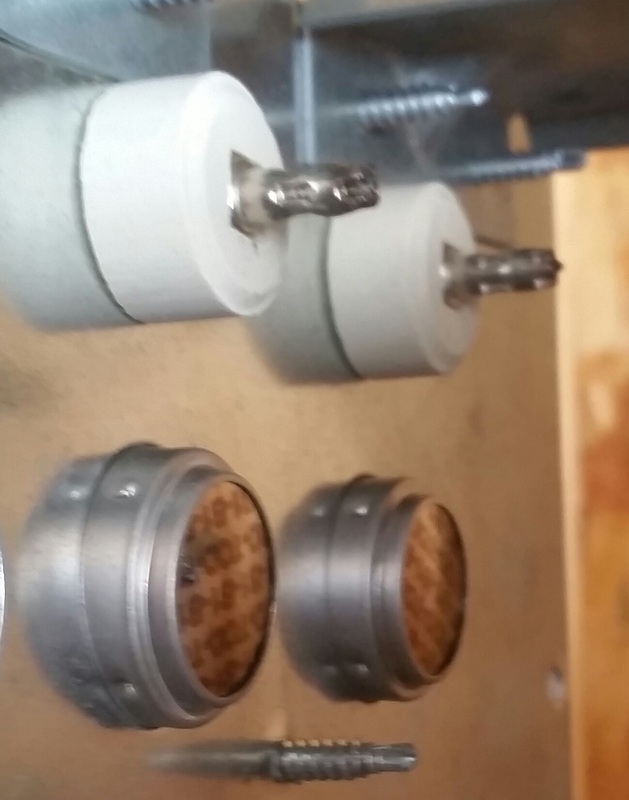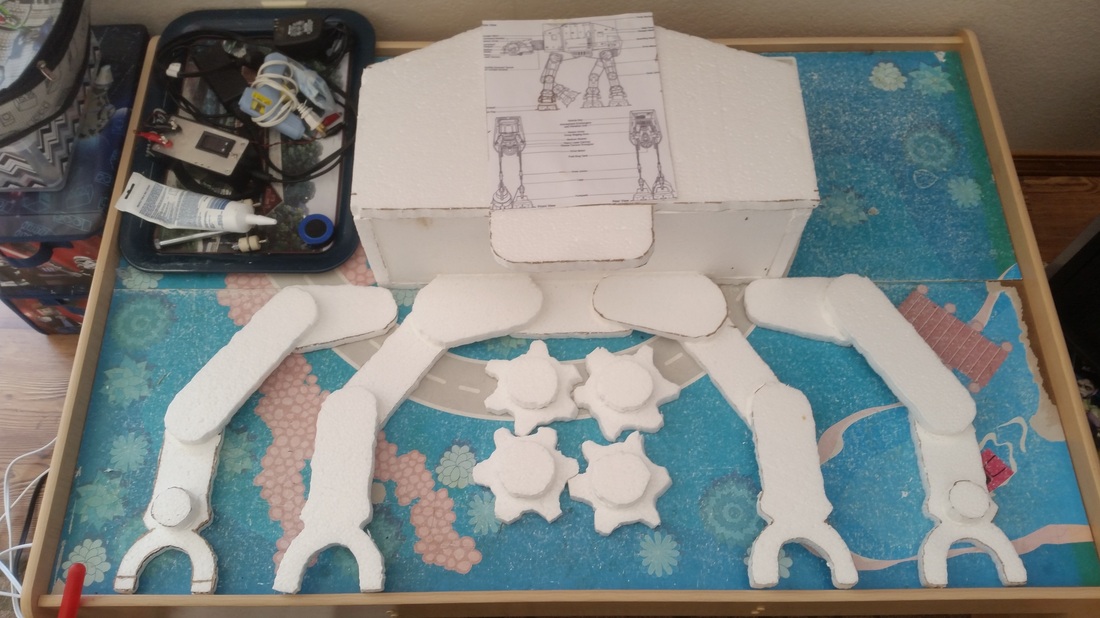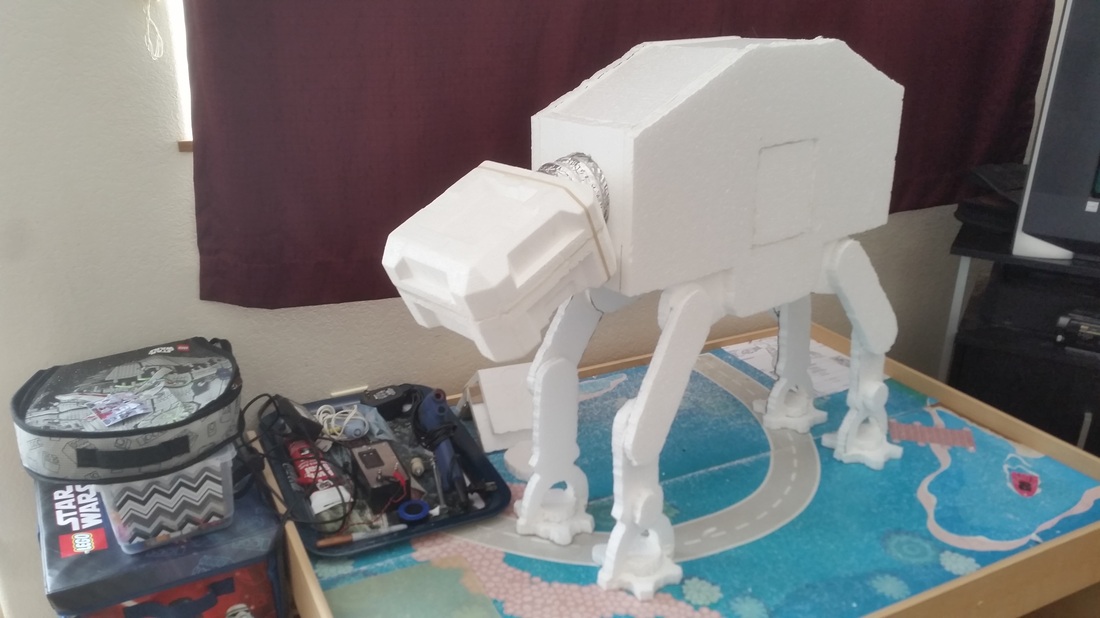At first I was a little nervous about using the command line interface (cli) but after saving the mrl.jar file to my c drive and typing the commands into the cli exactly as shown on the "starting a new mrl" tutorial I was pleasantly surprised to see a graphical user interface (gui) for MyRobotLab (mrl)
| MyRobotLab is written in Java, so it should run on Windows or Linux. Inside of MyRobotLab there are many useful services, including the Python Service which allows code written in Python to interact with the other services. The Arduino microcontroller is supported by the Arduino service in MyRobotLab and can be used to connect inputs and outputs to MyRobotLab. |
Success! Or as they say at My Robot Lab "worky"!
